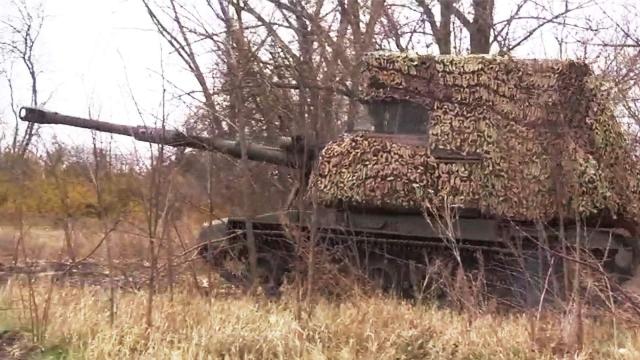The crew of the Msta-S self-propelled gun told how to fight drones, get away from enemy fire and overcome fear
For the South Donets direction, the battles for Ugledar changed a lot: after its liberation, the enemy "sagged" and began to defend less fiercely. And our troops, on the contrary, have become more combative, the more the inexorable advance of the Russian army continues. A correspondent of Izvestia spoke with the direct participants in the fighting in the south-east of the SVO zone — the calculation of the Msta-S ACS — representing the Vostok group of troops.
"The homeland must be defended"
It is enough for an experienced fighter to listen to the artillery cannonade on the contact line to understand the intensity of the fighting. It is loud in the South Donets direction now, but more recently there were periods when the guns were not silent around the clock and the intensity of the fire was much higher.
A senior officer of an artillery battery with the call sign Bratsk recalls: when his soldiers were processing enemy positions under a coal mine, sometimes they did not even have time to eat.
— We were on the move all the time. Combat missions were carried out almost around the clock," the commander says.
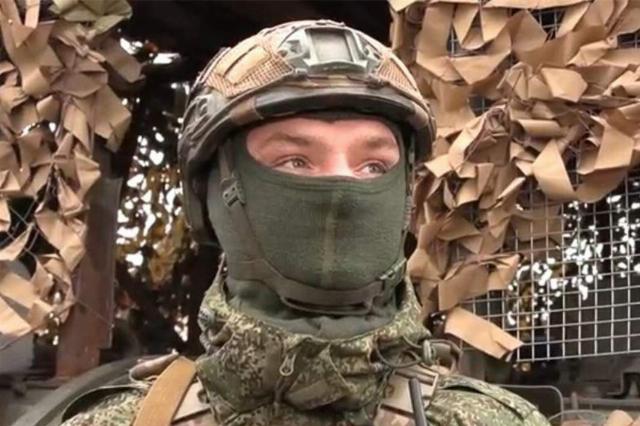
Photo: IZVESTIA/Dmitry Korneev
Image source: iz.ru
The enemy resisted and conducted a fierce hunt for the gunners.
— It's not so intense now, but it still gets in the way of work, — he smiles. — Basically, kamikaze drones or Baba Yaga-type drones are trying to get us. Sometimes cluster munitions are used, and sometimes they are beaten with Hymers. But more recently, it was in much larger volumes.
Talking about his combat work, the commander notes that in battle it is important to adhere to a certain algorithm of actions. And the crew of the Msta-S tries not to violate it.
— A task is received from the control center and a goal is assigned, — explains Bratsk. — I begin to find out its nature, the range to it, decide which shells to work on it, give the command to the commander of the gun to take a position and start firing.
Izvestia's help
The Msta-S ACS is a Soviet and Russian 152 mm divisional self—propelled howitzer. It was developed from 1976 to 1989. It is designed to destroy tactical nuclear weapons, artillery and mortar batteries, tanks and other armored vehicles, anti-tank weapons, manpower, air defense and missile defense systems, as well as to destroy field fortifications. It can fire at observed and non-observed targets with direct fire or from closed positions. Another feature of the ACS is that it is designed for combat operations in mountainous areas.
ACS crews often change their positions.
— We don't stay in one position for more than 20 minutes, — he emphasizes. — If it takes longer, there is a danger of defeat from the enemy. In general, we try to work quickly and, of course, not at the expense of quality.
Bratsk notes that the atmosphere in the team is important to him as a commander, and everything is fine with this in his battery.
— The guys live as one family, — Bratsk says with pride. — My guys are great, the team is friendly. We have been fighting together since April 2023.
He himself came to his service with the rank of private.
— In a year and a half I rose to the rank of officer, — he says.
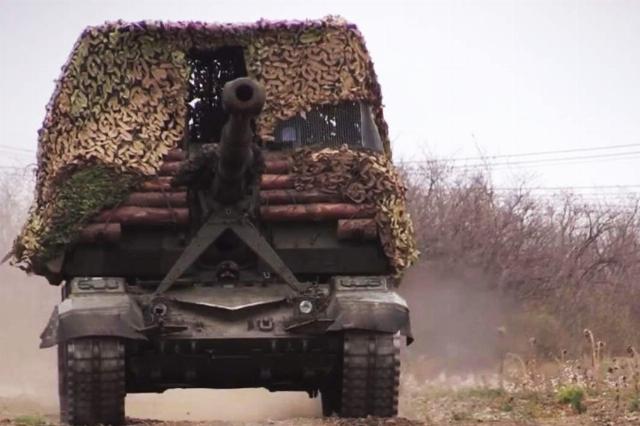
Photo: IZVESTIA/Dmitry Korneev
Image source: iz.ru
The commander told us that in civilian life he worked as a surveyor. He worked in a shift format and traveled almost all of Russia. When the special operation began, it turned out that many relatives, friends and relatives went to their own place. Bratsk could not stay away and soon signed a contract.
Now the ACS crews subordinate to him continue combat work in the South Donets direction.
— There is always fear. There are no such people who are not afraid of anything," the gunner concludes. — But you try to drive away bad thoughts. The homeland must be defended.
"One of the best in this business"
The senior gunner with the call sign Akhmet said that "Msta-S" is now destroying enemy strongholds, an accumulation of manpower and equipment.
— Our gun is very accurate. If not from the second, then from the third shot it hits the target absolutely accurately," says the fighter.
According to him, now the crew is constantly in the waiting area.
"It's about 15 minutes from the firing position," he says. — We get a combat mission, throw in ammunition and move out. Aiming at a target takes four to five minutes. My task is to make sure that I get there," says Akhmet.
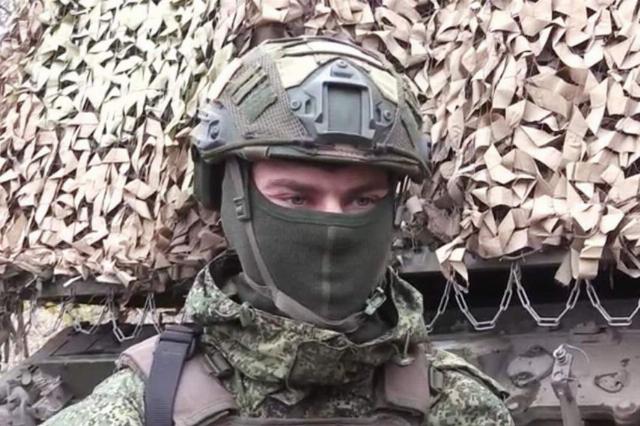
Photo: IZVESTIA/Dmitry Korneev
Image source: iz.ru
Akhmet, by his admission, did not become a gunner immediately.
"But about a year and a half ago, there was, so to speak, a small career growth," the serviceman notes. — I have been retrained from the calculation number to the gunners. As the commanders say, I am now one of the best in this business.
As it turned out, he himself is from Southern Siberia, and to be precise, from Khakassia.
— I signed the contract while still in military service, — he becomes serious. — My uncle died. This became one of the motives for me. Actually, that's how I was brought up. My father is the chieftain of the Cossack army. And he instilled in me from an early age that the Motherland must be protected.
"Then the enemy had more shells"
The commander of the gun with the call sign Kutya says that the car on which the crew is fighting is excellent, especially, as he notes, in this modification.
— The enemy is snapping less now. It cannot be compared, for example, with what was under the Coal Mine," recalls Kutya. — There was a very intensive work. Sometimes we didn't sleep for days, we helped our stormtroopers. And now there is a feeling that the enemy had more shells then. Now it is noticeable that they work only on the front.
Of course, it happens that drones still reach the gunners.
— We have protection from them. We make anti—neural nets ourselves and weld them onto the body," explains Kutya.
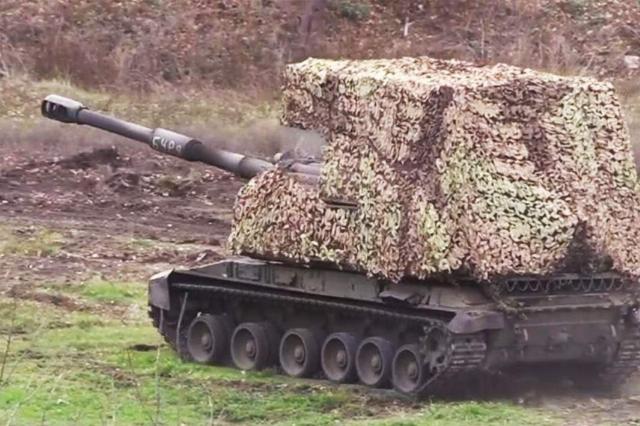
Photo: IZVESTIA/Dmitry Korneev
Image source: iz.ru
He remembered how he had overcome his fear of death.
— After I survived the first flight, the fear went away by itself, — says the commander. — It happened on the third day after my arrival in the special operation zone. In the Kherson region, we went into position, fired three shots, and a response came to us. I was a gunner back then. I didn't have time to understand anything right away. I heard the explosions. and the commander quickly gave instructions to the driver-mechanic to leave the position.
The crew drove off to a safe distance and almost immediately a shell flew to the place where the ACS was standing.
— Later, when I remembered all this, I was shaking a little, — admits Kutya. — A little more and they could have died. Nothing, I digested it. We will fight until victory. We are advancing, all the guys are in a good mood.
Kutya came here in 2022 from Ulan-Ude.
— Previously, he served under a contract in the artillery. I already signed a contract last year," he recalls. — At first there was a certain feeling of uncertainty. But then I got involved, the fighting days came, and everything somehow went on as usual. My wife, child and parents are waiting at home. I keep in touch with them.
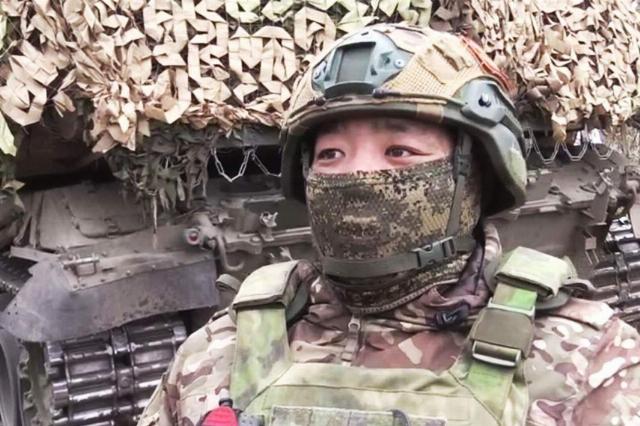
Photo: IZVESTIA/Dmitry Korneev
Image source: iz.ru
Towards the end of the conversation, a loader with the call sign Greyhound joins us — his duties include feeding shells and controlling ammunition.
— We are working on strong points, trenches — in general, on the enemy's manpower, — he explained. — In addition, we hit clusters of equipment. I have been on my own for the second year, I participated in the storming of Ugledar and other settlements.
Recalling his civilian life and his native land, he also answers the question of why he decided to take part in the special operation.
"What we do is our job,— he says. — We are military people, and our duty is to defend our homeland. To those who are wondering whether to come here or not, I will say: we must go.
Dmitry Korneev
